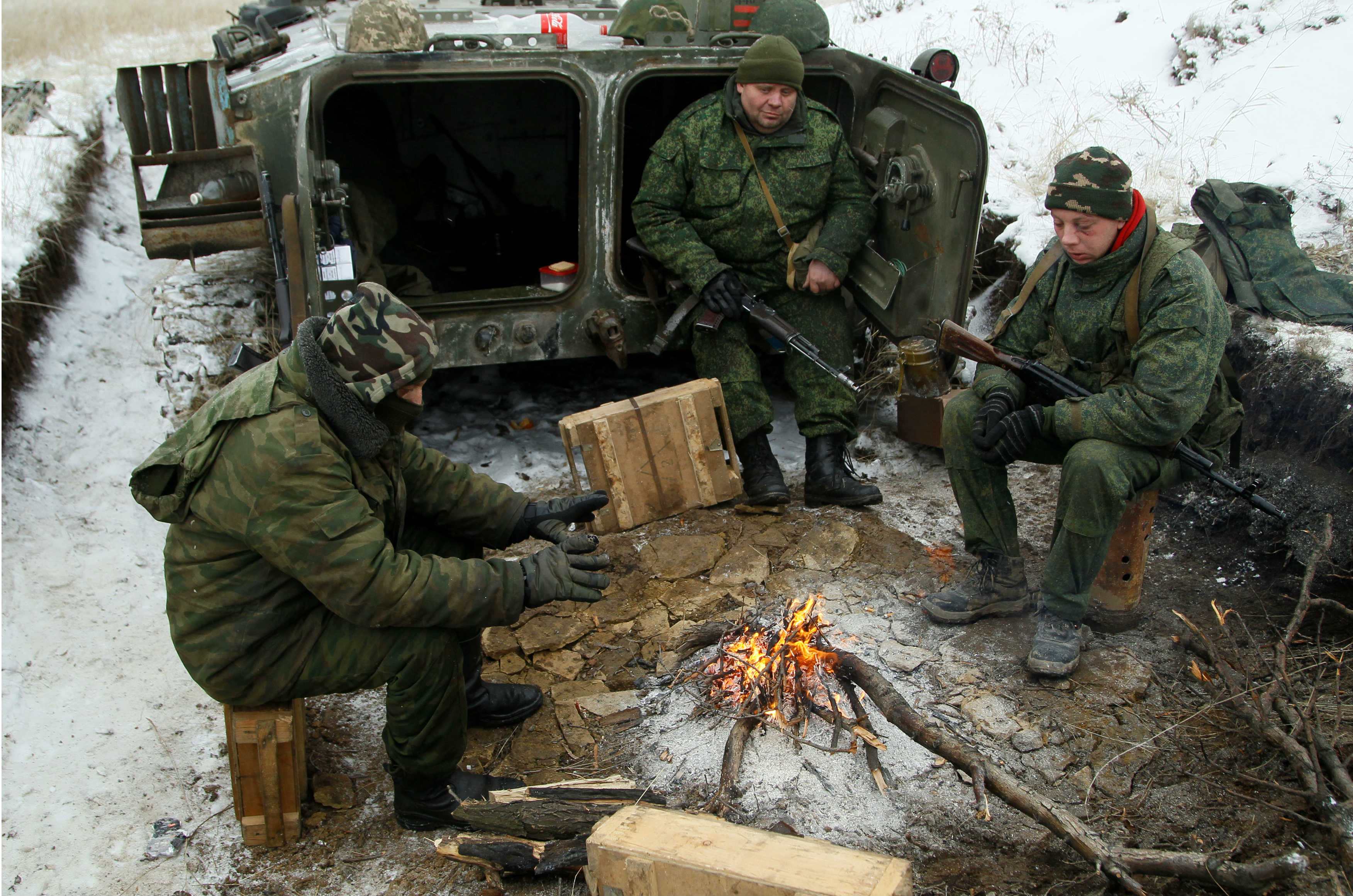
It is also a war about European security. The initial instalment focuses on the conflict’s geostrategic underpinnings and their implications for any settlement. This report is first in a Crisis Group series that will examine various dimensions of the war in Ukraine and chart possible pathways to its resolution. Moving forward, we will be factoring the impact of the pandemic into our research and recommendations, as well as offering dedicated coverage of how the outbreak is affecting conflicts around the world. Some dynamics examined in this publication may have changed in the meantime. They should also consider adjusting the current sanctions regime to allow for the lifting of some penalties if Russia contributes to real progress toward peace.Ĭrisis Group conducted the field work for this Report before the COVID-19 pandemic. What should be done? European states should engage Russia in discussions of European security, including regional and sub-regional arms limitations. A truly sustainable peace should address European security as a whole to make Russia, its neighbours and the entire continent safer. Why does it matter? Efforts to make peace in Ukraine by solving problems specific to Ukraine only will fail, because the causes of the conflict are both local and geostrategic. A sustainable peace plan must address both sets of factors.

Western responses are similarly driven by both Ukraine-specific and Europe-wide interests. What’s new? Russia’s Ukraine policy, including its military intervention, is driven both by Moscow’s goals in Ukraine itself and its longstanding desire to revise Europe’s security order.


 0 kommentar(er)
0 kommentar(er)
